Photographers are visual learners and to make the learning easy, we have posted a cheat sheet to understand how exactly a camera works. So lets Begin !!
With the info graphic given below, it will make the understanding of exposure super simple thereby helping you understand how cameras work easily. Check out the below images:
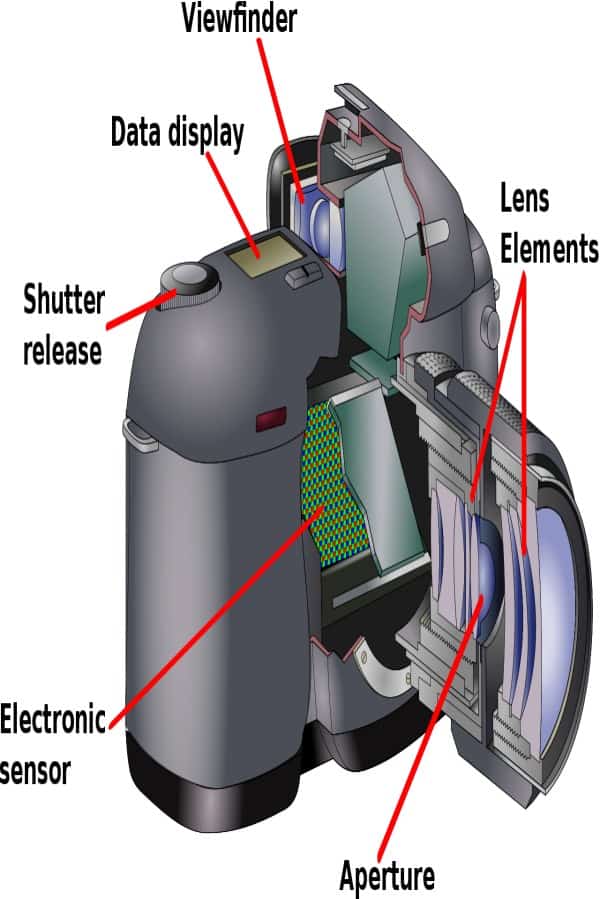
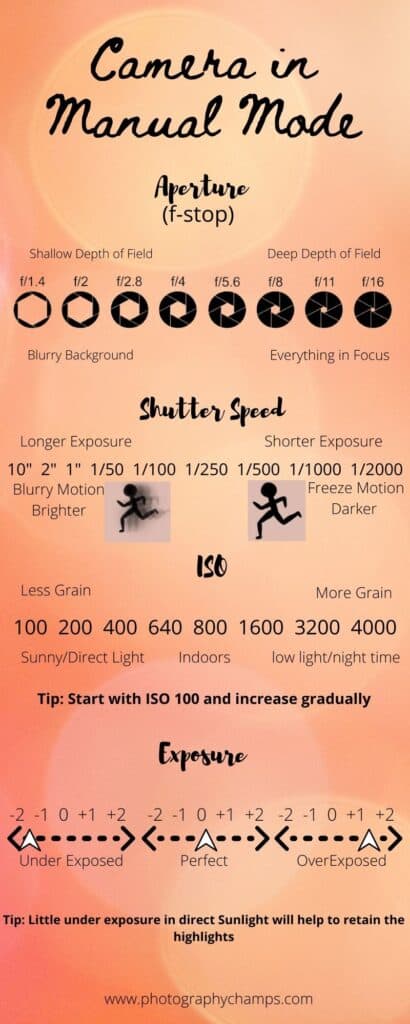
Exposure Summary
Once Aperture, shutter speed and ISO, are understood properly, next thing you should understand is that these element work together to create a great exposure.
Exposure is the most important factor to capture great images.After the Exposure is taken care of ,will composition, framing, etc. will help.
Now let’s learn about other aspects which affects the image as per the working of your camera.
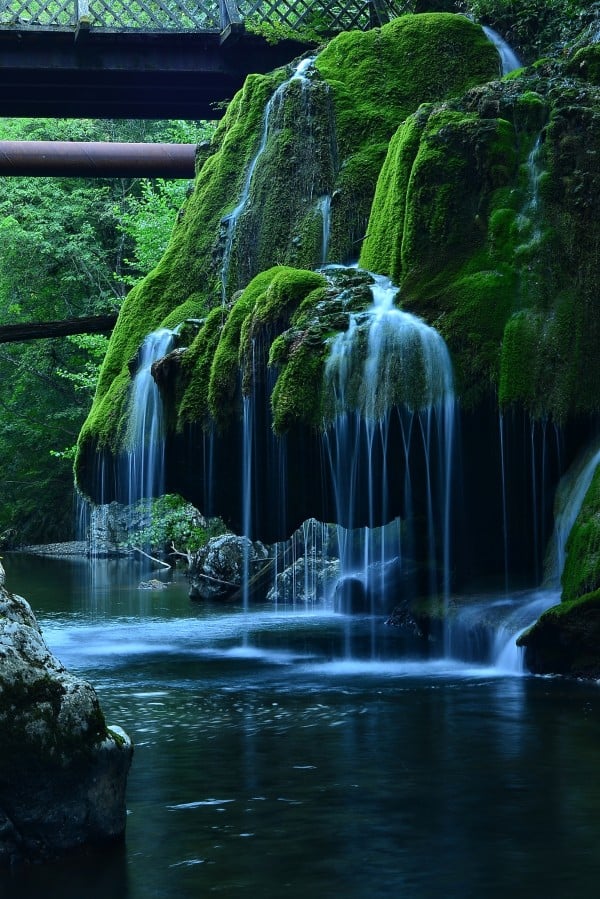
Understanding Your Camera
Metering Modes:
Digital photography can be confusing especially for a beginner. Along with learning about Exposure that is about aperture, shutter speed, and ISO. It is also important to learn about how the camera looks light at.
Metering modes help us to tell the camera how you want it to look at a particular scene.
This picture below was shot with camera on spot metering mode. If the same photo is taken by evaluating the mode, the result would have been completely different along with a different exposure
To understand why your photos are coming out underexposed or overexposed ,
Understanding this metering mode in photography might be the key.
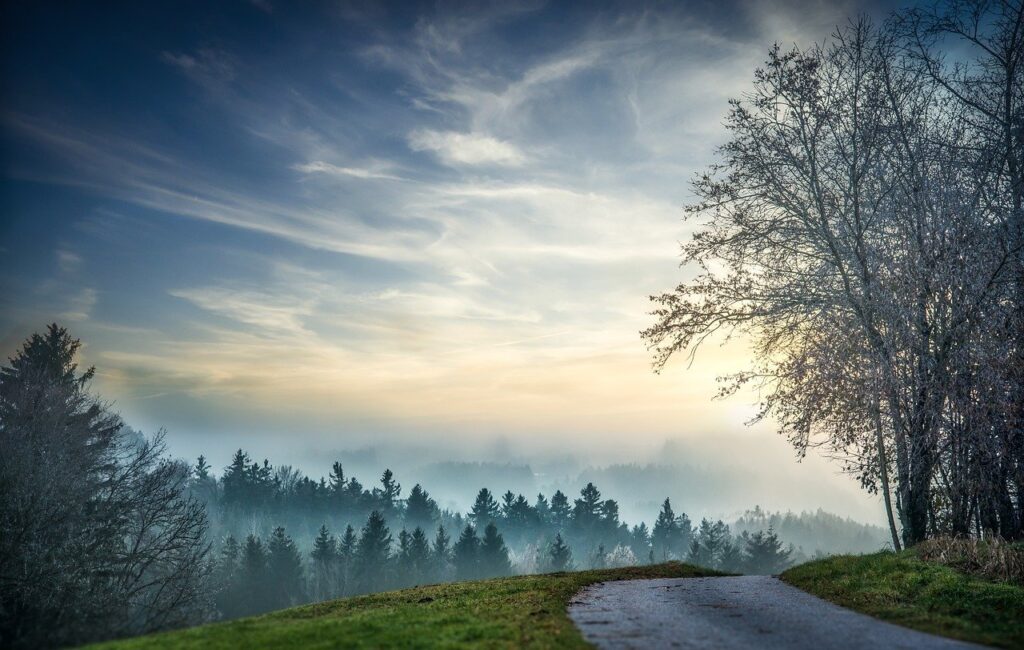
Histograms:
The histogram reveals a mathematical review of exposure after the photo has been taken. It helps us to know how evenly exposed a photo is. Beginner photographers often find it overwhelming to understand. But it is quiet easy.
LCD screens aren’t very effective at showing this information through the display of the image as they are affected by the ambient lighting conditions of the location you’re in and also the brightness of the screen itself.
That is why the histogram is such a powerful and useful tool to utilize at the beginning.
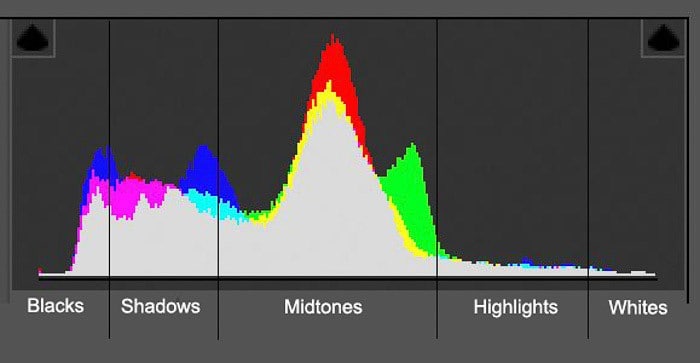
Shooting Modes
Full-Auto, Program, Aperture Priority, Shutter speed Priority or Manual mode. How do you understand which one to use?
There’s a lot of confusion about which mode to use and under what condition. When you understand what each mode does, the one that will be suitable for your situation will be a lot clear.
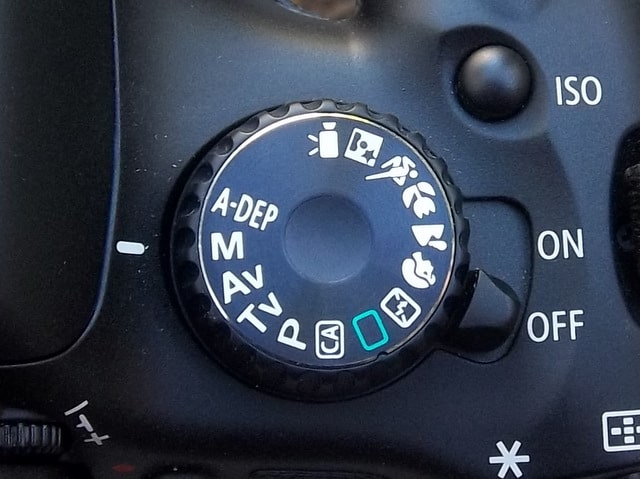
Depth Of Field
When you’re shooting in low light, you have to widen your aperture to allow enough light into the lens. But this has a major side effect. It results in a shallow depth of field.
You can use this in a creative way. But it’s not the only possibility. There are many situations, such as landscapes, where you’ll want to use a narrower aperture. So that the whole scene remains in focus.
When it comes to covering all of the basics of photography, DoF is very important.
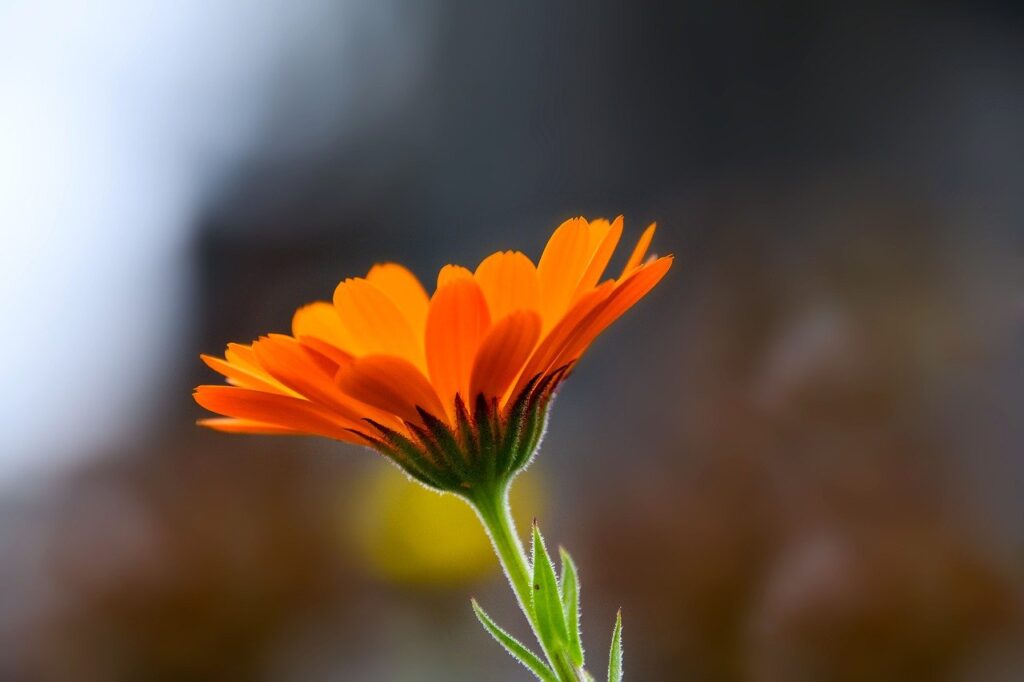
White Balance
The white balance affects the colour cast of the entire photo. It is responsible for the overall warmth. It can determine whether your photo appears blue or orange, cold or warm.
Auto white balance rarely does a good job, especially under tungsten light. It is advisable to learn about White balance as soon as possible to get photos with accuracy.
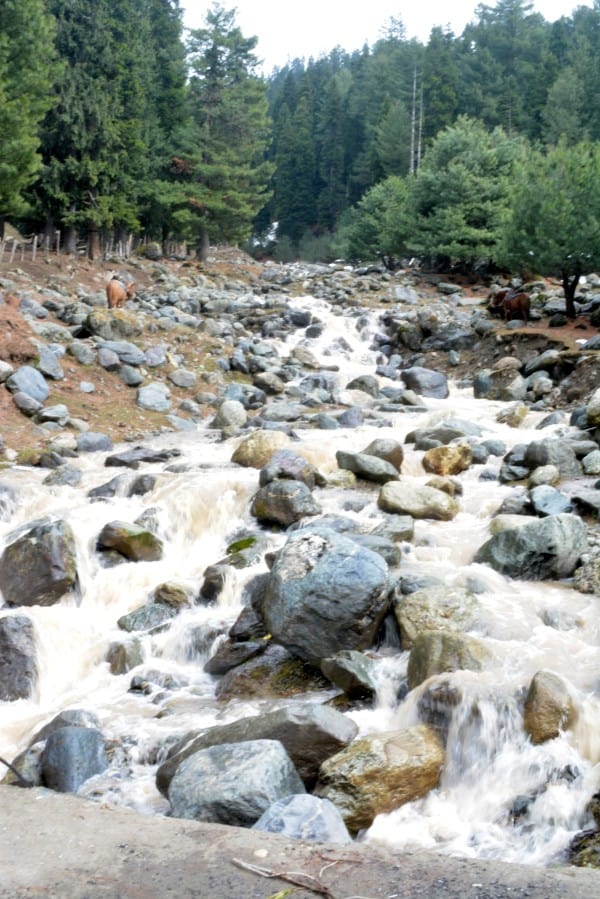
focal Length:
The Focal length affects much more than the ‘zoom’ . It plays a major role in influencing the perspective of the image.
Different focal lengths are used in different situations. Here, you need to remember that Wide Aperture will give you shallow depth of field and Narrow aperture will give you deep depth of field.
It is important to learn this aspect of photography.

crop Factor:
Most cameras have a sensor that is much smaller than Professional SLR Cameras. This means that the image gets cropped by the sensor inside the camera itself which has varied results on the final image.
Crop Factor creates a narrow angle view and it will influence your choice of lens for future purchases. For beginners in photography, its important to research what lens is suitable for the type of photography they are interested in , instead of just going for a new lens .

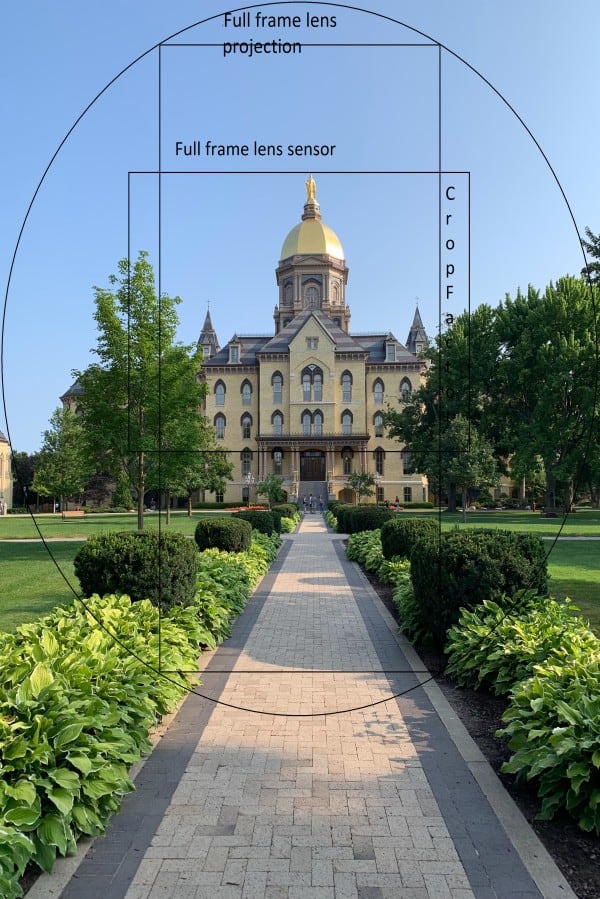
Polarizing Filters:
Polarizing filters are used to remove glare and reflections of non –metallic objects by allowing light into the lens only from a certain specific direction not from all the directions.
Glare and Reflections are always found while shooting Water and glass and also Haze from the sky. To cut these reflections , the polarizing filters are used to get more natural and saturated colours in the image.

Conclusion:
So, this was all about how cameras work. Hopefully, this will clear out a lot of confusion and help you to become the master of your camera. Let me know your views and please feel free to comment and connect always.


I like this web blog it’s a master piece! Glad I found this ohttps://69v.topn google.Money from blog
thankyou!! hope it helped